Introduction
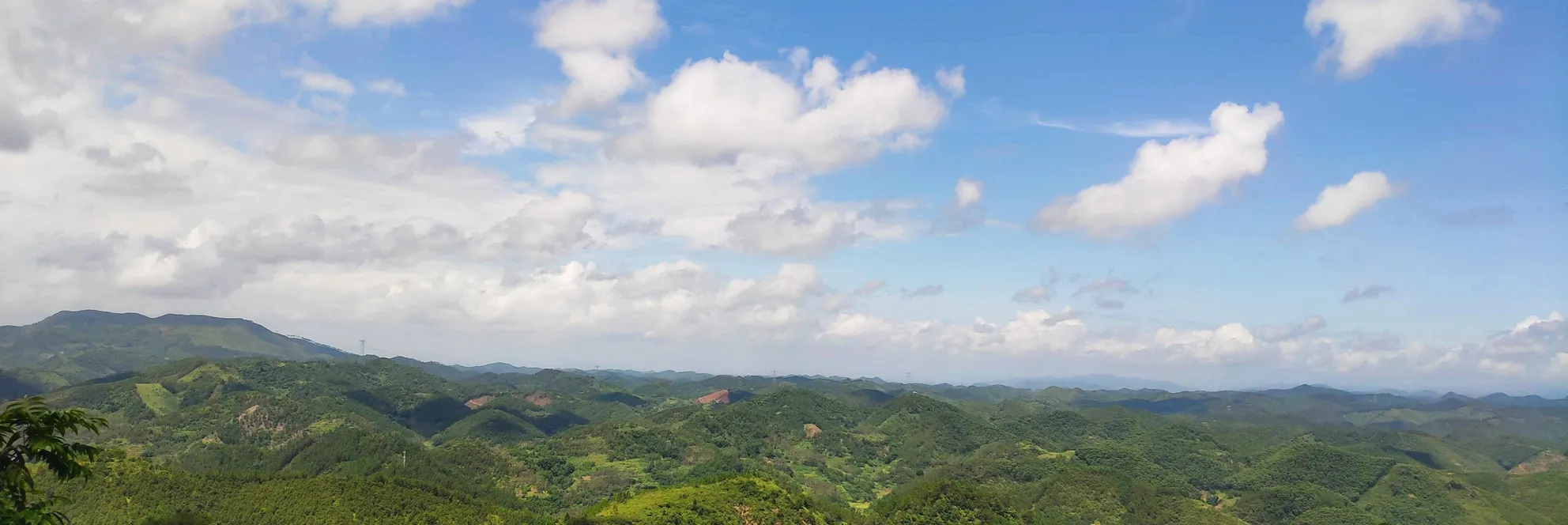
Tailings

Water
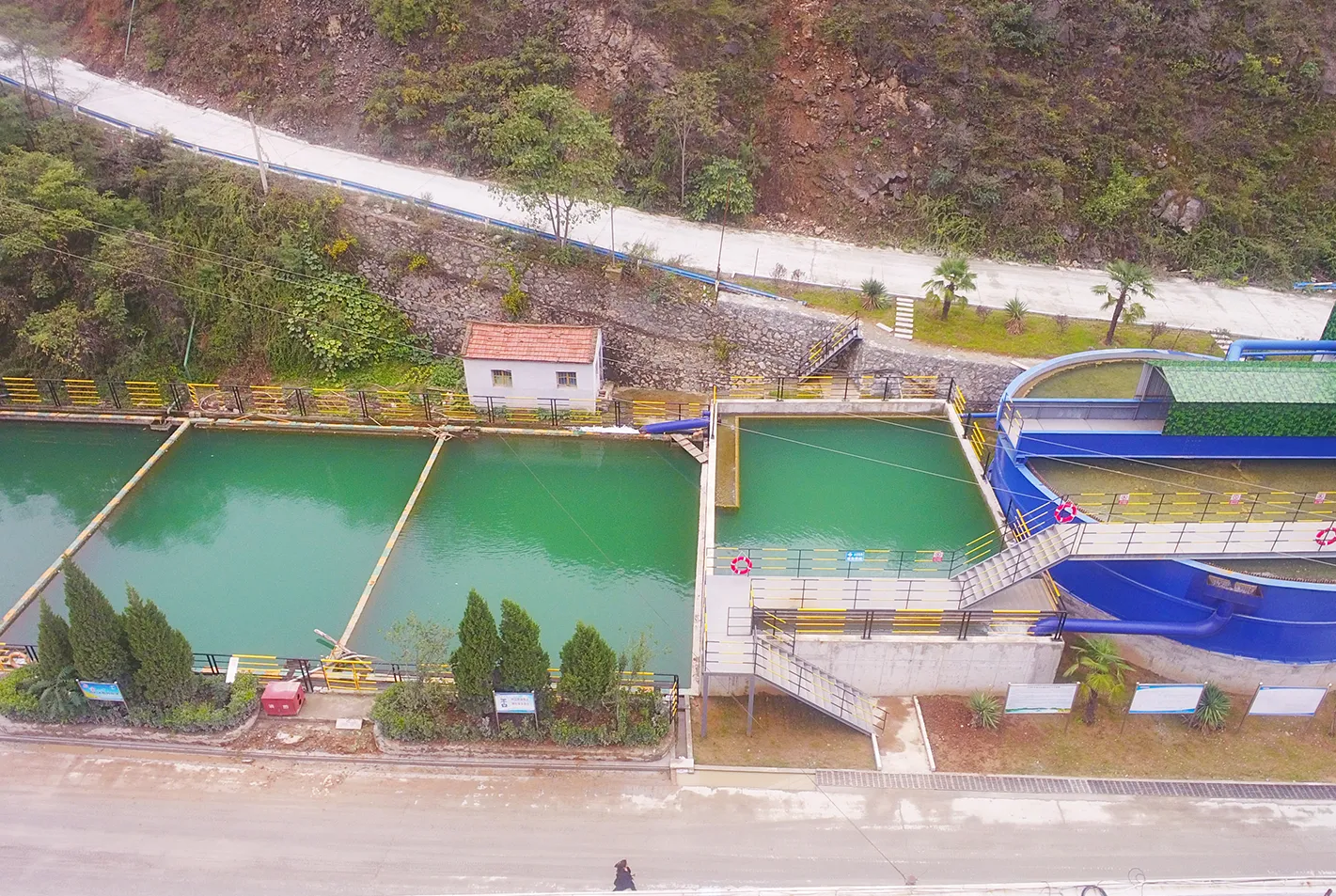
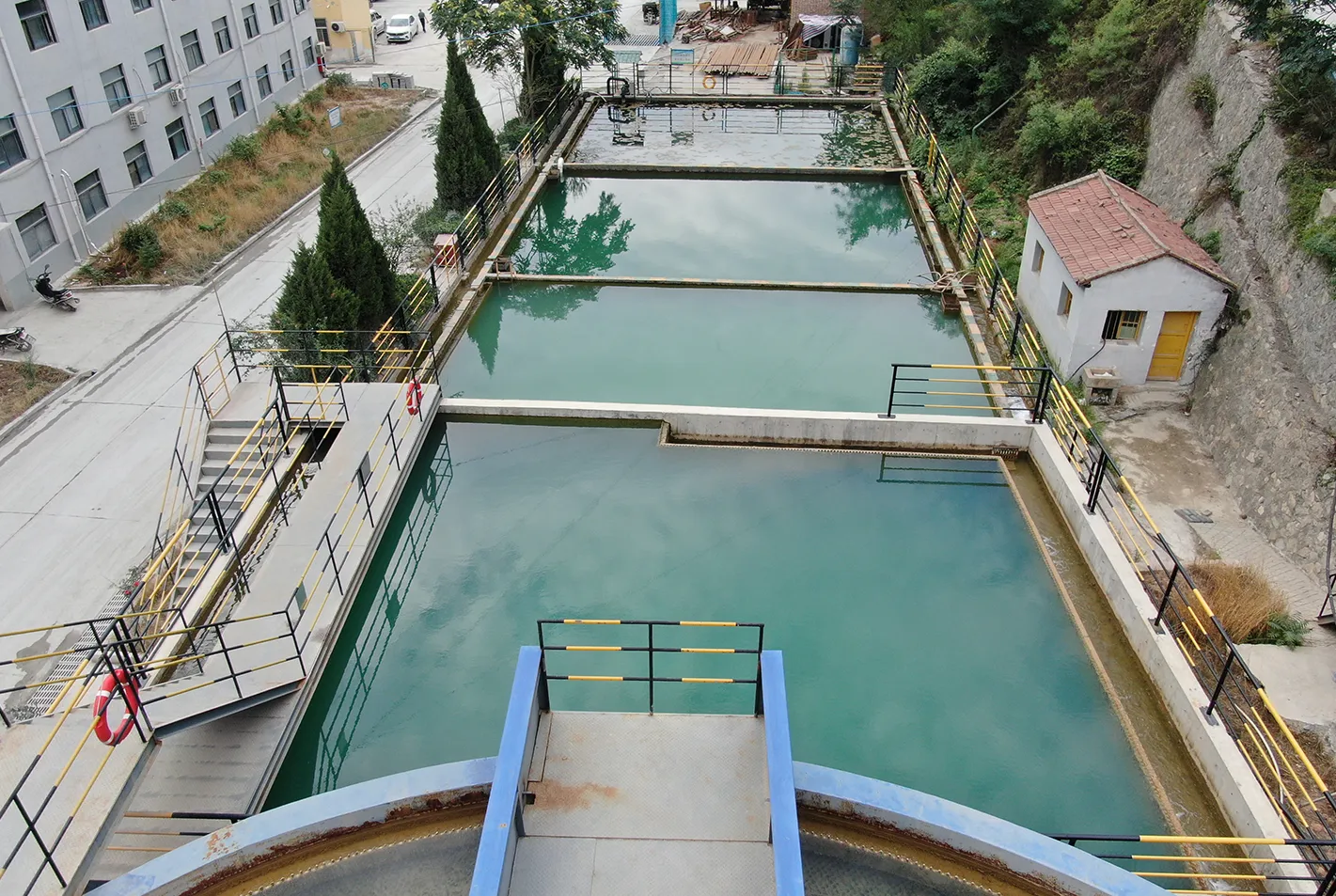
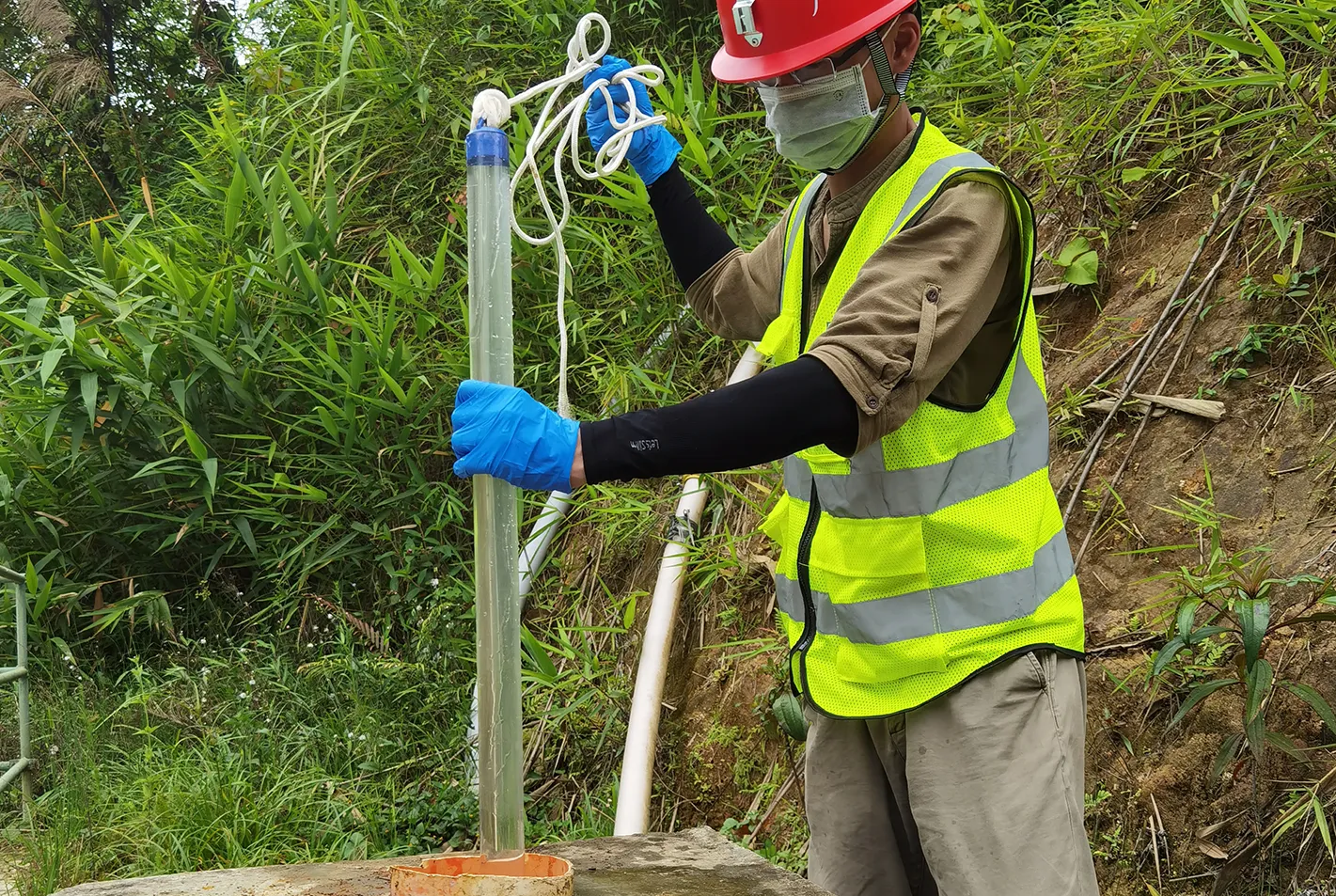
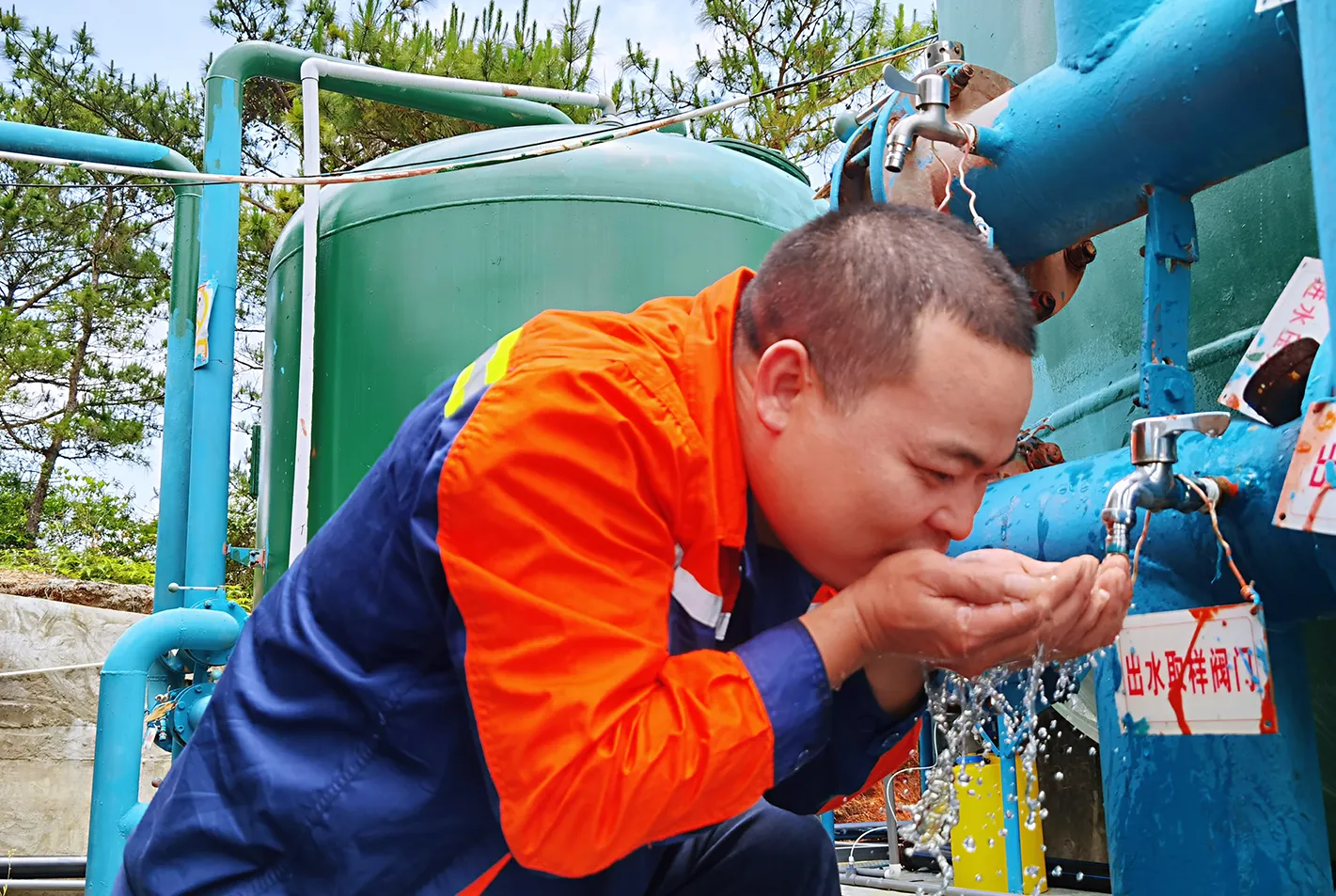
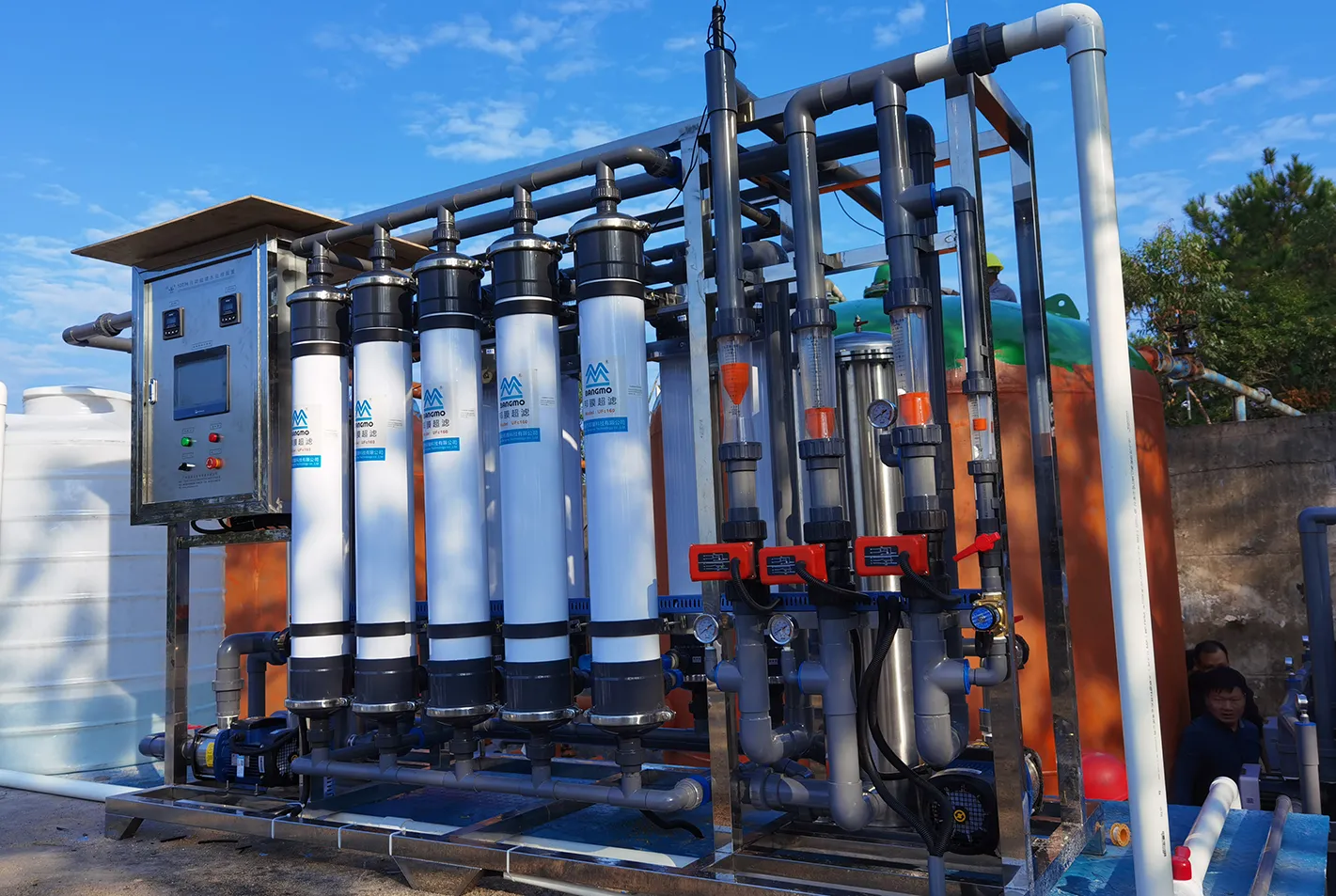
MORE
We continue to find new and innovative ways to increase the efficiency of our energy management systems. Based on comprehensive calculations of energy consumption, such as electricity and oil, we carry out a comparative analysis of energy efficiency, which influences our energy management targets and energy efficiency improvement plans. We aim to implement innovative energy-saving technologies to drive continuous improvement in our energy performance.
We continue to optimize our energy structure in step with the global energy transition trend. We no longer use any coal and have been exploring the use of new energy sources and have been gradually introducing new energy equipment in lighting, transportation, heating, cooling, and other areas. We phase out outdated processes and equipment over time based on energy efficiency monitoring and assessment to improve our energy efficiency. For example, we have stopped using mining vehicles below the National IV Standard and switched to LED lights for underground lighting.
For more information on out approach to energy management, click here.
Click here for the 2024 Performance Data tables.
Energy
We continue to find new and innovative ways to increase the efficiency of our energy management systems. Based on comprehensive calculations of energy consumption, such as electricity and oil, we carry out a comparative analysis of energy efficiency, which influences our energy management targets and energy efficiency improvement plans. We aim to implement innovative energy-saving technologies to drive continuous improvement in our energy performance.
We continue to optimize our energy structure in step with the global energy transition trend. We no longer use any coal and have been exploring the use of new energy sources and have been gradually introducing new energy equipment in lighting, transportation, heating, cooling, and other areas. We phase out outdated processes and equipment over time based on energy efficiency monitoring and assessment to improve our energy efficiency. For example, we have stopped using mining vehicles below the National IV Standard and switched to LED lights for underground lighting.
For more information on out approach to energy management, click here.
Click here for the 2024 Performance Data tables.
Climate Change
In accordance with the goals and principles of the United Nations Framework Convention on Climate Change and the Paris Agreement, Silvercorp is committed to reducing its GHG emissions intensity by 20% by 2030 compared to 2020. We recognize the importance of transitioning to a low-carbon economy and the government’s pledge to implement efficient sustainable practices to address global warming. The mining industry is necessary in the transition to carbon neutrality for metals and minerals will play a substantial role in the construction of the infrastructure and technology needed to reduce emissions. This year, we made progress in advancing our GHG emissions reduction goals by implementing several energy conservation and emissions reduction projects across our operations.
In an effort to further our commitment to reducing our emissions, we have identified the main transitional and physical risks and opportunities climate change could pose on our business based on recommendations by the Task Force on Climate-related Financial Disclosures (TCFD). We are committed to developing an ESG-related action plan/framework to address the outlined climate risks, and where possible, to establish mitigation strategies, in line with the TCFD’s recommendations.
For more information on our approach to climate risk management, click here.
Click here for the 2024 Performance Data tables.
Biodiversity
We recognize that mining operations have the potential to disrupt the natural landscape and biodiversity in both direct and indirect ways, as the development of mining infrastructure such as processing plants and mills, can have a large effect on surrounding ecosystems. We recognize the importance of our diverse biodiversity and are committed to managing our impact on our environment with conservation and sustainability in mind. Through strong conservation efforts and mitigation plans, we aim to build long-term sustainable practices and systems that enable us to operate sustainably whilst aiding in the reclamation of the surrounding biodiversity through various strategic initiatives and adhering to all relevant legislation.
We comply with the Environmental Protection Law of People's Republic of China and the Convention on Biological Diversity and continue to improve our biodiversity protection system and management rules, as well as our ecological protection management system. Our system identifies all ecological protection requirements for each stage of construction, all environmentally sensitive targets, and all development-prohibited ecological areas. We understand that our commitment to biodiversity begins in the early stages of the mine lifecycle and lasts beyond reclamation and closure; it is an evolving process and one that requires diligent planning and systems to impact change. In Fiscal 2024, there were no major impacts to biodiversity at Silvercorp.
For more information on our approach to biodiversity management, click here.
Click here for the 2024 Performance Data tables.



Waste
At Silvercorp, we are committed to responsible and sustainable mining practices. A key part of this commitment is our approach to managing mining waste. We recognize that proper waste management is crucial for environmental protection, community safety, and the long-term sustainability of our operations.
Our mining activities generate two main categories of waste:
- Mineral waste in the form of waste rock and tailings.
- Non-mineral waste including hazardous waste such as used oils and batteries, which require special handling and disposal and non-hazardous waste such as plastic, cardboard, and other solid waste generated from our operations.
Our waste management strategy focuses on minimizing waste generation, maximizing recycling and reuse where possible, and ensuring safe and environmentally responsible disposal of all waste types.
For more information on our approach to waste management, click here.
Click here for the 2024 Performance Data tables.
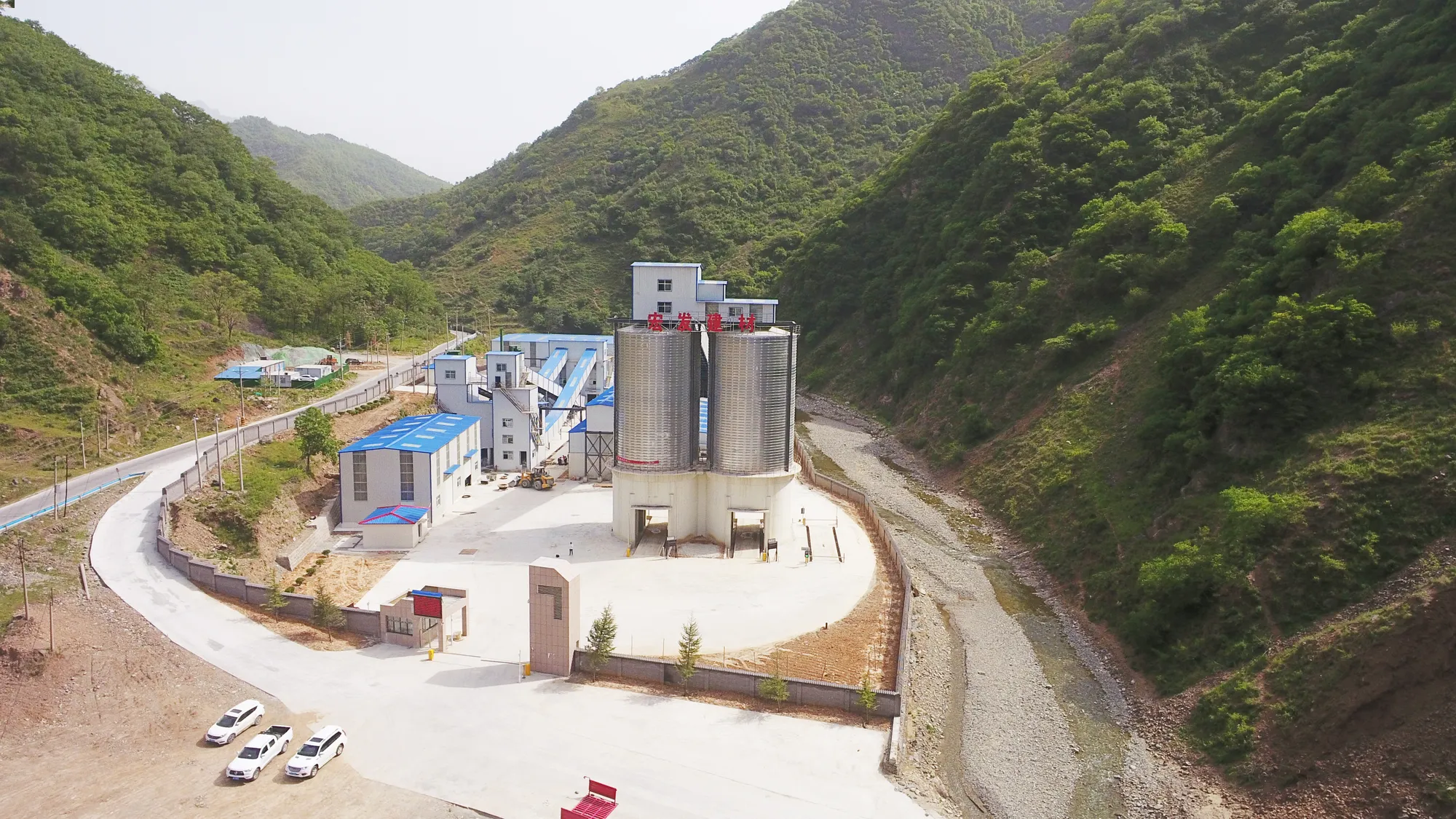
Land Reclamation
The effective management of land use and the protection of biodiversity by a mining company is integral to that company’s success, for doing so can reduce and or mitigate regulatory costs and risks and protect relationships with local communities and governments. Our approach to land use and biodiversity is centered around generating economic, ecological, and social benefits, while operating safely, efficiently, and sustainably with our communities and environment.
At Silvercorp, we believe that environmental responsibility should start at the exploration phase and last beyond mine closure. We incorporate environmental protection planning and land reclamation initiatives, in compliance with the national ecological protection requirements, into our mine planning at early stages to reduce our impact on the environment, preserve the biodiversity, and establish strong plans and practices for mine closure and reclamation activities. Our Mine Geological Environment Restoration and Mitigation Plan and Land Reclamation Plan governs our reclamation and closure actions and activities, and our Geological Environment Restoration and Mitigation Management Institution oversees their implementation and related restoration and mitigation work in the mining area.
For more information on our approach to land reclamation, click here.
Click here for the 2024 Performance Data tables.
Sign Up For Updates
